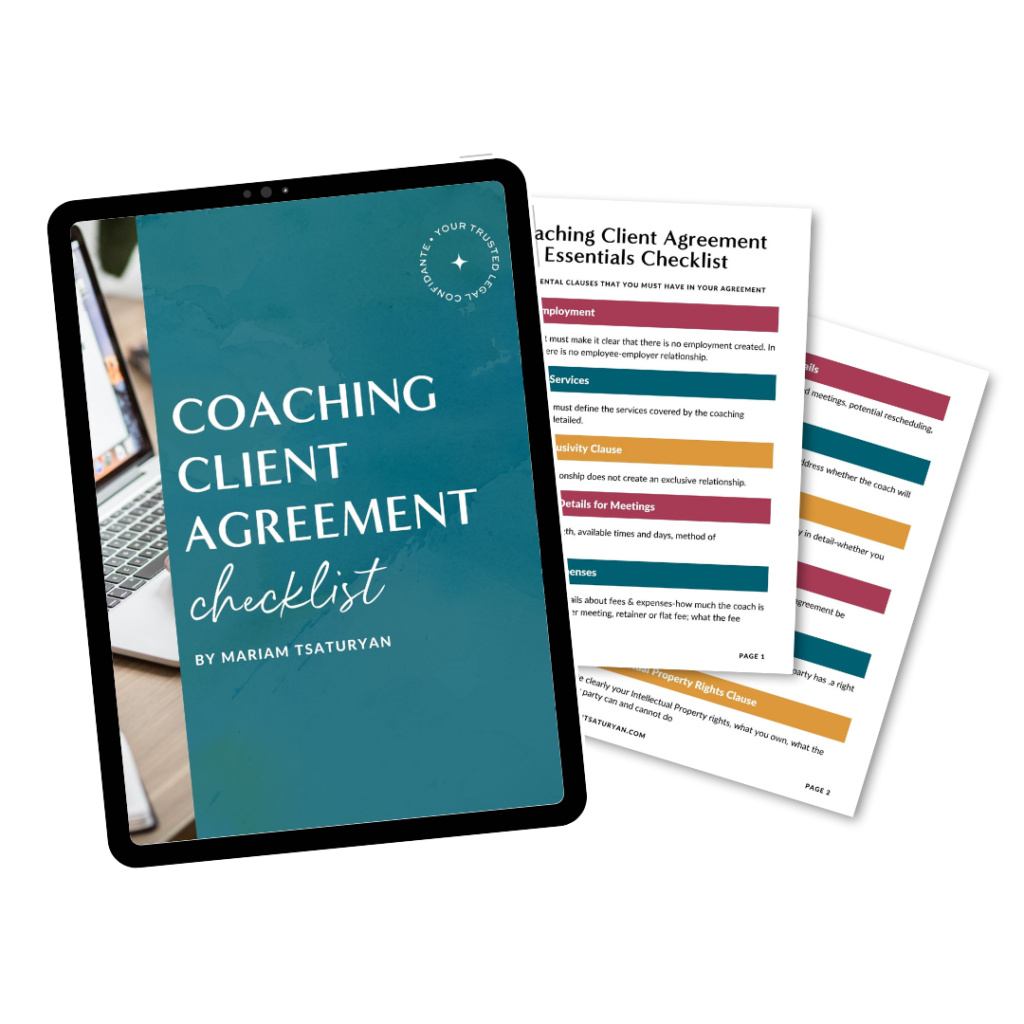Definitive Guide For WordPress Gutenberg
Nothing has shaken the WordPress platform users like the release of the Gutenberg builder that is eventually going to replace the classic editor. The classic editor was lacking many features, and it wasn’t the prettiest UI editor. However, users were familiar with it.
With the release of the Gutenberg, many WordPress users, among whom bloggers and other online entrepreneurs are prominent, quickly became divided into two groups: classic editor users vs. Gutenberg editors.

I personally believe that this is because Gutenberg was very different from the Classic editor, and it required adjustment to get used to it. I seriously believe that if the majority learned how to use Gutenberg the right and quick way, no one would go back to the classic editor again.
To help you be more familiar with Gutenberg and see what it’s capable of, you can register to take my 100% free Learn to Love WordPress Gutenberg online mini course. You can register for it by clicking the link or by scrolling to the bottom of this post and clicking on the opt-in there.
I am writing this in depth WordPress Gutenberg Tutorial in hopes that this will help you if you’re on the fence about Gutenberg and will learn how to use it to create beautiful pages and blog posts.
Overview: What You Need to Know To Get Started
WordPress Gutenberg is the new WordPress native editor. This is where you will write your blog posts and other content for your website. Gutenberg is different from the classic editor because it’s block/element based. Those who’ve used page builders such as Elementor, Divi and others will be more familiar and comfortable with Gutenberg.

Due to being block based, you have to get in the habit of adding new blocks for images, videos, shortcodes, etc. The separate blocks allow for more layout and formatting opportunities. You can create beautiful blocks and templates to reuse in the future. This is something that was not possible with the classic editor.
The blocks are divided into several categories such as common blocks, formatting, layout elements, widgets, embeds, and much more. Each category is comprised of different element blocks.
To add a certain block, you have to click on the plus icon that is in a circle. You can find this icon on top of the dashboard bar, or immediately within the post itself when you hover over an area.

When you click on the plus icon, it will open up all the different blocks available in Gutenberg. You can scroll through them to find what you need, or if you know the name of the element, you can search for it.
As you see from the screenshot below, the first blocks that show up are the most used ones. These are blocks that you’ve used recently, and that you use most often.

Once you select a block or an element, you can start customizing it from the sidebar on the right. Some blocks will have a lot of customization options such as spacing, margins, font, font size, color, while others might be more limited.
Why You Should Use Gutenberg to Write Your Posts
Gutenberg is a part of WordPress itself. It’s the default WordPress editor. This means that no matter what you do, change themes, page builders, etc., you will have access to your content.
Many people write their blog posts in page builders such as Elementor, Thrive Architect, Beaver Builder, Divi, etc. This is mostly due to them wanting to have a beautiful and custom look for their blog posts.
I love page builders, especially Elementor. However, the issue with writing your posts in page builders is that if you decide to stop using that particular page builder, or want to transition to a new one, then all your posts written in that page builder are pointless at that point. You will need to recreate all your posts in your new page builder. When you write your content in WordPress editor (in this case Gutenberg), that problem no longer exists because anything in WordPress will transfer over.
The classic WordPress editor was bland and did not allow for any creativity. This was a concern for many people as they wanted their posts to look aesthetically beautiful to grab attention and attract the readers.
The new WordPress Gutenberg solved that problem. With Gutenberg you’re able to create beautiful posts and layouts, and unleash your creativity.
Now with Gutenberg you can create your desired layout for your blog posts, add columns, call to actions, color background behind certain elements to draw attention, and much more.
With all these useful and beautiful blocks available to you, you should only use WordPress to create your blog posts, so that if and when you switch to another theme or page builder, you content is all there, beautifully formatted, and waiting for you. You won’t have to spend any time on recreating your posts.
Extend the Functionality of Your WordPress Gutenberg
WordPress Gutenberg is great on its own. You can do much more with it than you ever could with the classic editor. However, if you can improve on a good thing, and make it great, why not, right?
Currently there are many developers who create Gutenberg blocks. These blocks generally have more customization options, and more options in general. These additional blocks are plugins that you can add to your WordPress. They will become part of your Gutenberg blocks, and when you need to add a particular block
Generally, you can just go in the WordPress plugin repository and search for Gutenberg blocks. You will have several options that become available to you. Look at the reviews, block options and add the ones you want. Don’t go overboard with these because they are plugins, and can impact the performance of your website.
One of my favorite add ons that I use to extend the functionality of Gutenberg is the Ultimate Addons for Gutenberg. It’s the first plugin that appears when you search, as it has the most active installations. It’s also a free plugin, so add it to you site and start truly seeing the power of Gutenberg.

One thing to keep in mind when extending the functionality of your Gutenberg is to compare and contrast the different blocks you get with these add-on plugins. Consider which are you most likely to use and don’t just select something that the most number of blocks. Aim for something that has the most usable blocks for you.
Conclusion
WordPress Gutenberg is the future. Pretty soon, the classic editor will stop functioning, and everyone will need to get used to using Gutenberg.
I personally think that Gutenberg is amazing and powerful, and offers a lot more than the classic editor ever did. Embrace Gutenberg now and learn how to use it and maximize its features.
Take a look at my free online course I created to help you learn and discover Gutenberg.

FREE Online Course for Gutenberg
See the power of Gutenberg with this free course and create your content confidently.



Thanks for those great tutorial tips on Gutenberg for wordpress. I am not using it, but I know a lot of people are loving it! Every blogger should read your post to grow their blog with good content!
Thank you Natacha! That’s such a nice thing to say. I hope to continue providing useful content.
I am just switching to Gutenberg so the timing for me is perfect. I’m a little nervous about the switch. Thank you for this guide.
Honestly Gutenberg is not complicated. I think it’s as simple as it can be while giving you plenty of customization and design options. If you need additional help, sign up for my free Gutenberg course.
Hi Mariam,
I had no idea that I was already using Gutenberg and absolutely no idea that there were plugins available for the bits that I don’t seem to be able to do properly at present. Thank you so much for educating me!
You’re welcome! I am glad you found it useful 🙂
I was wondering what Elementor even was! Great explanation. I broke down and switched to Gutenberg recently. I was resisting the big change, but I am so happy I finally did it. So much better. I did not know about the Gutenberg block plugins. I will have to check those out.
Hi Jenny! I am glad you’re using Gutenberg now. It’s really great. I have a free course on Gutenberg that offers some Gutenberg training if you’re interested.
Great information. I had never even heard of this. I currently write my posts using Elementor and I had no idea I would have to start over with my posts if I switched themes. Thank you tons for sharing I will definitely be trying this out!
Hi Melissa! Thanks for stopping by. I am glad you found the information here useful. If you switch themes, you don’t have to write your posts all over again. However, if you decide not to use Elementor anymore or switch to another page builder, then your posts will be gone. Also, for many advertisement networks, posts written with page builders is an issue.
Super helpful thanks so much! I always wondered if it was a bad thing to use elementor for everything. Think I will stick to Gutenberg now.
Thanks for stopping by! Yes, Gutenberg or classic editor is a better choice for writing your blog posts. Page builders are great for creating pages, and templates, but the actual writing should be done in WordPress.